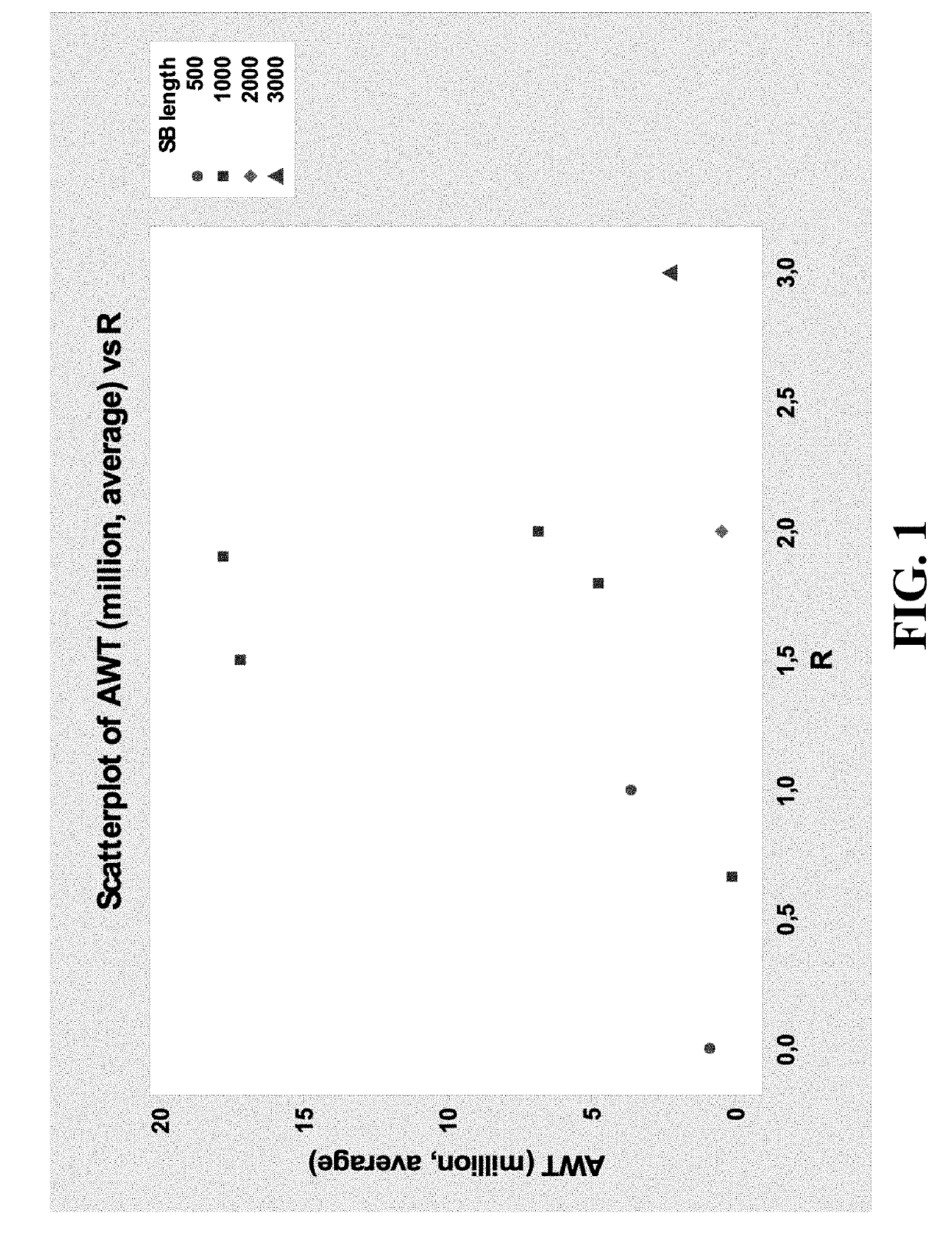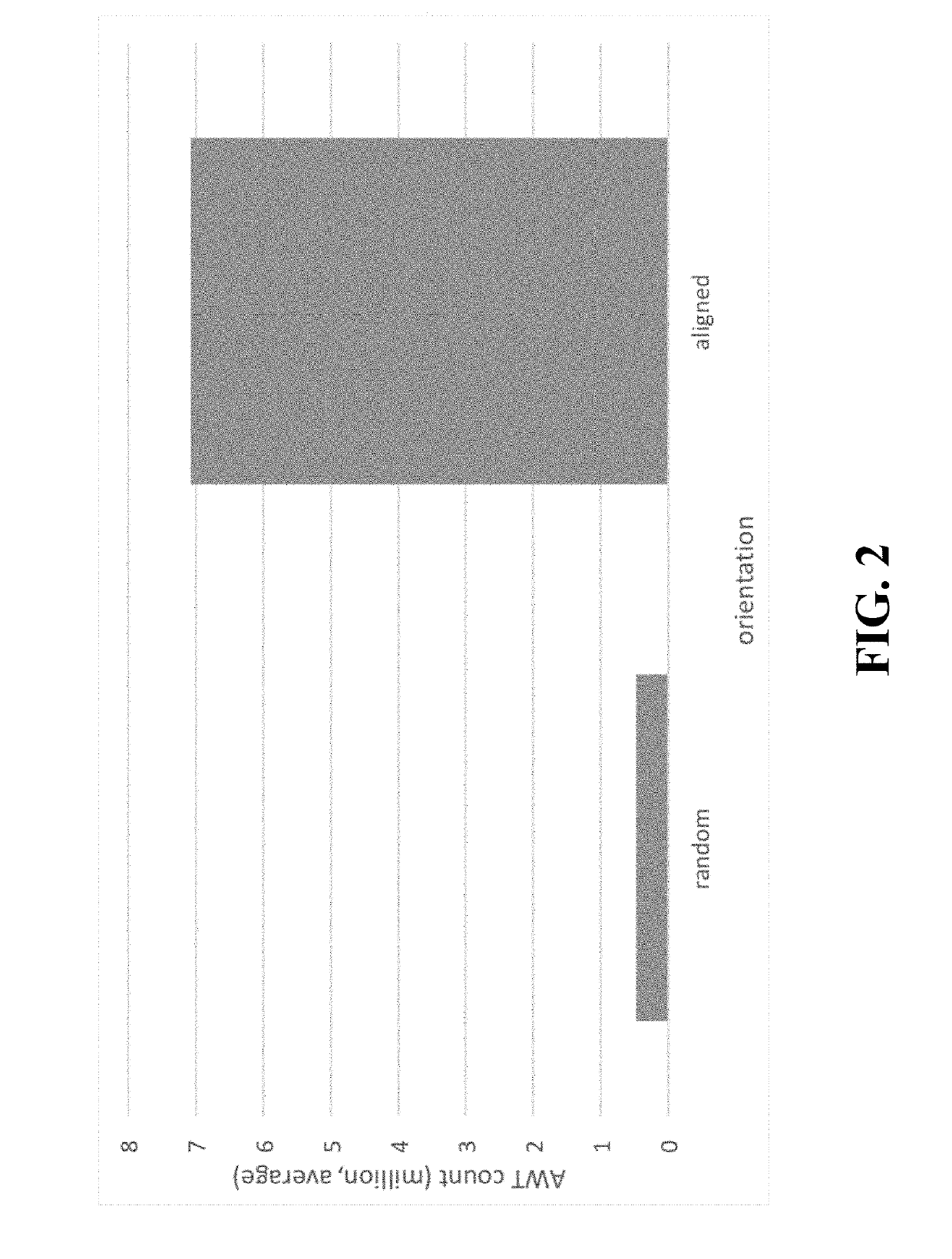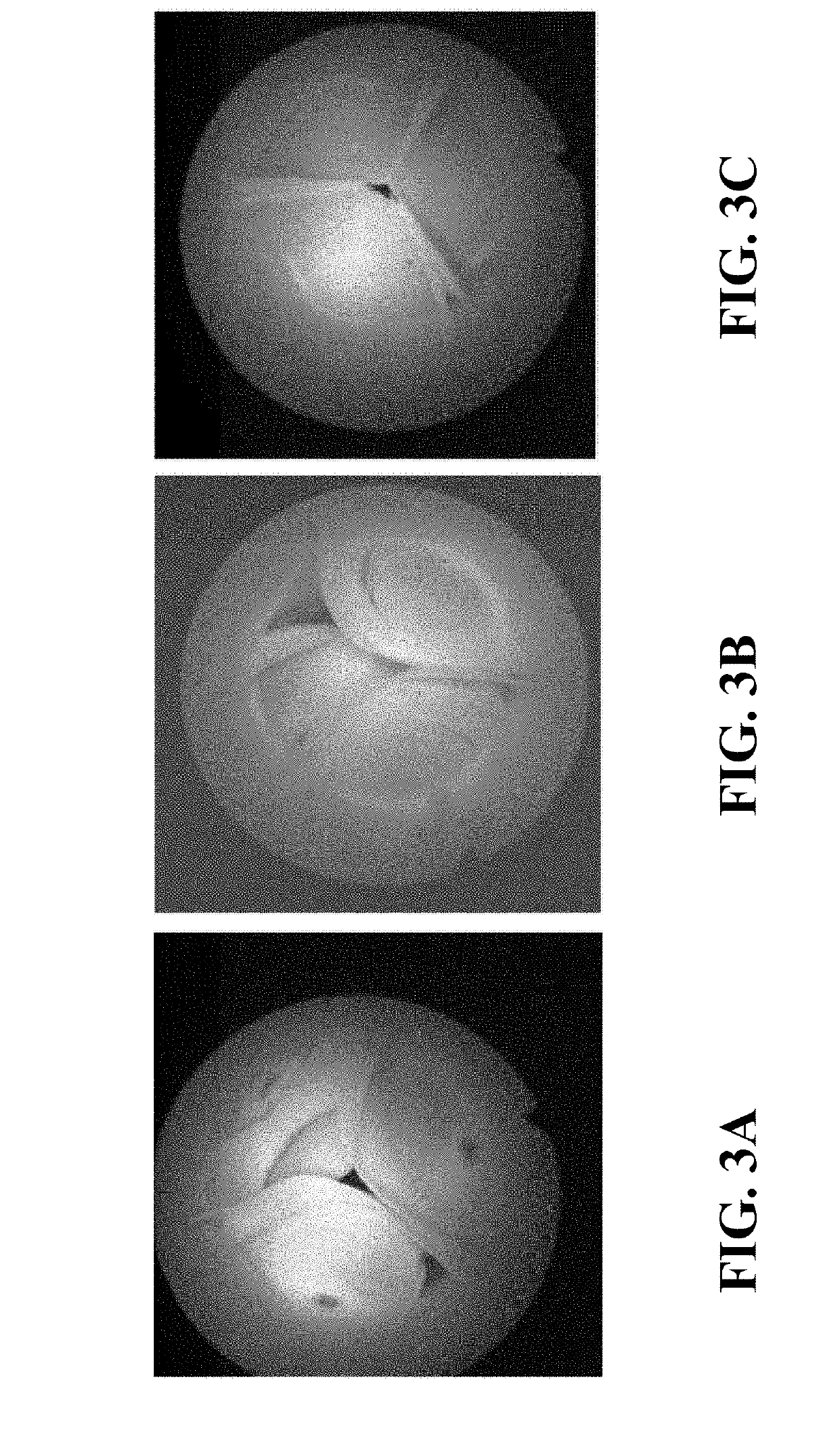Electro-Spun Cardiovascular Implant
a technology of electro-spun and cardiovascular implants, which is applied in the direction of prosthesis, blood vessels, filament/thread forming, etc., can solve the problems of current cardiovascular substitutes and implants that encounter risks, and achieve the effect of maintaining the effectiveness of cardiovascular implants and enhancing durability and fatigue resistan
- Summary
- Abstract
- Description
- Claims
- Application Information
AI Technical Summary
Benefits of technology
Problems solved by technology
Method used
Image
Examples
example 1
[0015]PCL Polymer—XP1, XP2
[0016]To synthetized XP1, telechelic hydroxy terminated polycaprolacton with a molecular weight of 800 g / mol (30.0 g, 37.5 mmol, dried under vacuum), 1,6-hexanediol (4.4 g, 37 mmol), and UPy-monomer (6.3 g, 37 mmol) were dissolved in dry DMSO (105 mL) at 80° C. To this reaction mixture was added hexamethylene diisocyanate (18.8 g, 111.5 mmol) while stirring, followed by the addition of one drop of tin dioctoate. This reaction mixture was stirred overnight at 80° C. The next day, the reaction mixture was cooled to 25° C. and its viscosity was lowered by the addition of additional DMSO in order to precipitate the mixture in water. The polymer was collected as white elastic solid, redissolved in chloroform / methanol (7 / 3 v / v) and reprecipitated in an excess methanol. This resulted in a clear elastic solid after drying under vacuum at 50° C. SEC (THF, PS-standards): Mn=13 kg / mol, D=1.6. See also WO2014185779A1. XP2 is synthesized in a s...
example 2
ESTING—COMPARISON OF PC AND PCL BASED HEART VALVES
[0020]Description of the Test
[0021]The accelerated wear test is a test aimed at evaluating durability of devices. The device is subjected to pressure conditions simulating in vivo conditions and the number of cycles before failure is recorded. Details about durability assessment are described in ISO 5840-3:2013.
[0022]First the PVs are tested for 20 min at 30 / 10 mmHg (20 mmHg) to check opening of the leaflets: maximum / mean systolic pressure gradient, effective orifice area and regurgitation. This pressure condition is classified as a normotensive pulmonary condition (ISO 5840-3:2013). At the start, and after 20 min data and high-speed movies are acquired. The maximum systolic pressure gradient should be below 25 mmHg (Drossner et al. Pediatr Cardiol. 2008 May; 29(3):649-52 doi: 10.1007 / s00246-007-9191-y.), and the effective orifice area should be larger than 30% of the geometric orifice area.
[0023]Subsequently the valve is tested for ...
PUM
 Login to View More
Login to View More Abstract
Description
Claims
Application Information
 Login to View More
Login to View More - R&D
- Intellectual Property
- Life Sciences
- Materials
- Tech Scout
- Unparalleled Data Quality
- Higher Quality Content
- 60% Fewer Hallucinations
Browse by: Latest US Patents, China's latest patents, Technical Efficacy Thesaurus, Application Domain, Technology Topic, Popular Technical Reports.
© 2025 PatSnap. All rights reserved.Legal|Privacy policy|Modern Slavery Act Transparency Statement|Sitemap|About US| Contact US: help@patsnap.com



